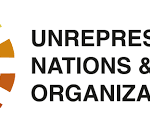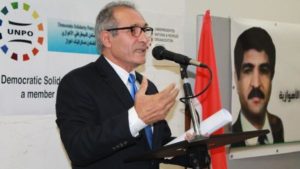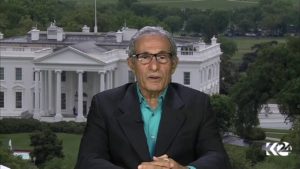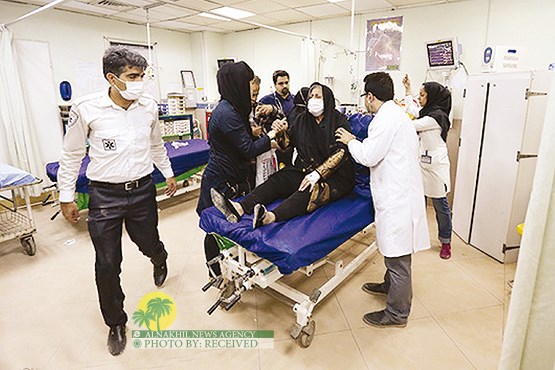By Gayane Abrahamyan
ArmeniaNow reporter
Armenia’s two ethnic minority groups have revealed their strong differences over matters of identity as their leaders held rival press conferences on Thursday, accusing each other of misrepresentation and being misleading.
A 40,000-strong Yezidi community and about 1,500 Kurds living in Armenia have been divided over who they are. The Kurds insist that both are the same people and it is faith that makes them different. This, however, is perceived as “a great insult” by the Yezidis, who have sued the Kurds in court “for insulting the dignity of the Yezidis”.
Yezidis, on their part, argue that there is no Kurd in Armenia as all left the country along with 150,000 Azeris after the 1988 movement for Karabakh began.
“And those Kurds who call themselves Kurds are in fact Yezidis-turned-Kurds,” says chairman of the Yezidi union in Armenia Aziz Tamoyan, suggesting that the whole jostle is only about leadership in the community.
“You, Armenians, also have sects amongst yourselves, such as Jehovah’s witnesses or others, and the same is in this case. Simply some people want to be leaders, to manage the [community] newspaper. This argument is all about money and position,” says the leader of Armenia’s Yezidis.
Meanwhile, representative of the Kurdish community of Armenia Alikhane Mame believes that “there is no Yezidi people, and in reality all are Kurds”.
“Aziz Tamoyan himself is also a Kurd. Who was he before 1989?” he says.
Mame, who is editor-in-chief of a Kurdish-language newspaper published in Armenia, explains that by the data of the official census of the population conducted in 1989, Armenia was home to 42,000 Kurds and already in 2001, when the first census of the population was conducted in independent Armenia, that 42,000-community was renamed Yezidis and only 1,500 people were registered as Kurds.
“In 2001 the same Kurds introduced themselves to the census conductors as Yezidis or, I don’t know, perhaps some things were falsified,” says Mame. He invokes his own experience when census conductors first registered him as a Kurd using a pencil and then deleted that and wrote ‘Yezidi’ with a pen. But Mame, as he himself says, managed to get his Kurdish identity reinstated in documents later.
Tamoyan, meanwhile, says that the identity issue is very important not only for Yezidis in Armenia but also for about two million Yezidis around the world. “And calling a Yezidi a Kurd is as insulting as calling an Armenian a Turk,” he says.
“We are different… we worship the Sun and they are Moslems. Our national festivals, our customs are different, we even have no right to marry each other. Kurds slaughtered us as they slaughtered Armenians [during the 1915-1923 Genocide in the Ottoman Empire], and they continue to do so today,” says Tamoyan.
According to the data presented by the Yezidi community in Armenia, last year Kurds burned two Yezidi villages, killing about 1,000 civilians, in the area called Yezidistan in northern Iraq.
And Tamoyan warns that Armenians should beware Kurds and Kurdized Yezidis, saying they serve the Kurdish interests and are dangerous.
Members of the Yezidi Union in Armenia insist that Kurds have great appetites for Armenian land. “If you hear what they say you will understand that they think that half of Armenia is their land, as well as western Armenia, and that Karabakh once was their Red (or Soviet) Kurdistan and recovering those lands is among their long-term goals.”
Accusations like these, however, have been denied by the Kurds living in Armenia.
The two ethnic groups are also divided over Armenia-Turkey relations, in particular over the issue of the border opening. While Kurds welcome this move, Yezidis voice strong objections.
“If the border is opened, half of 20 million Kurds living in Turkey will pour into Armenia. Can you imagine what will happen? They will stifle this small nation,” Yezidi Tamoyan says
















+ There are no comments
Add yours